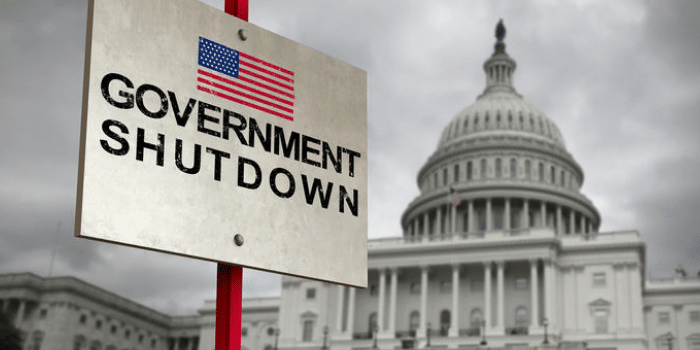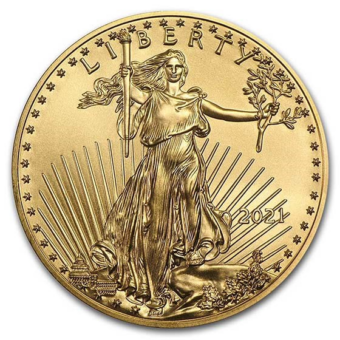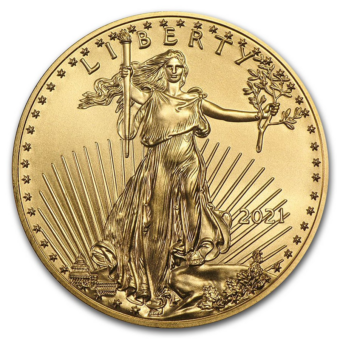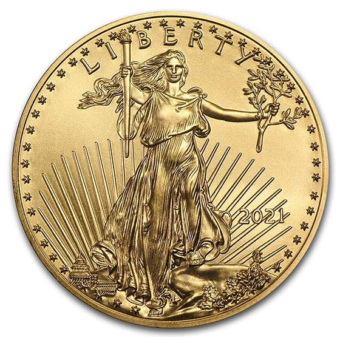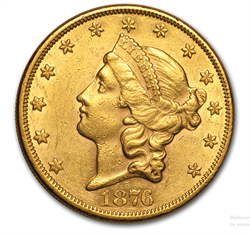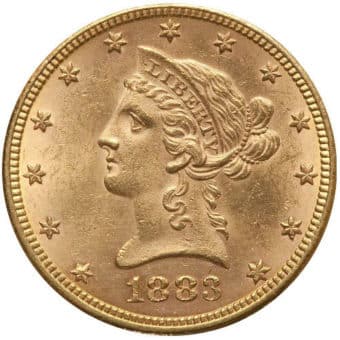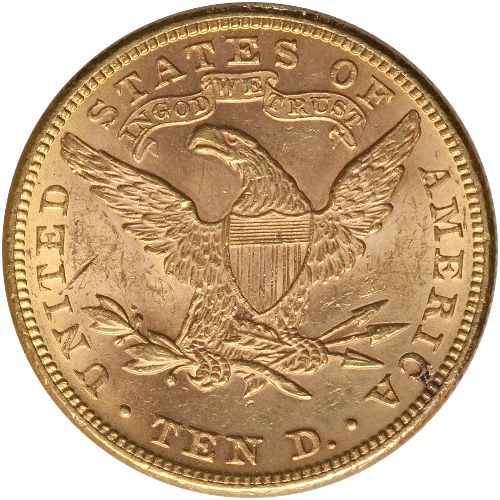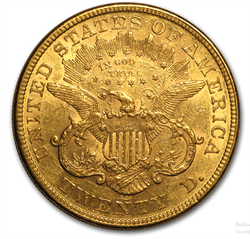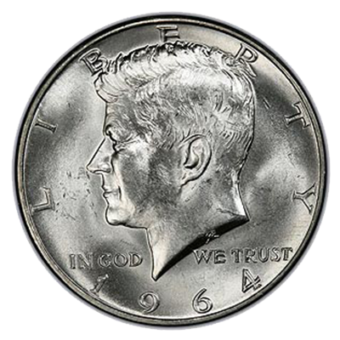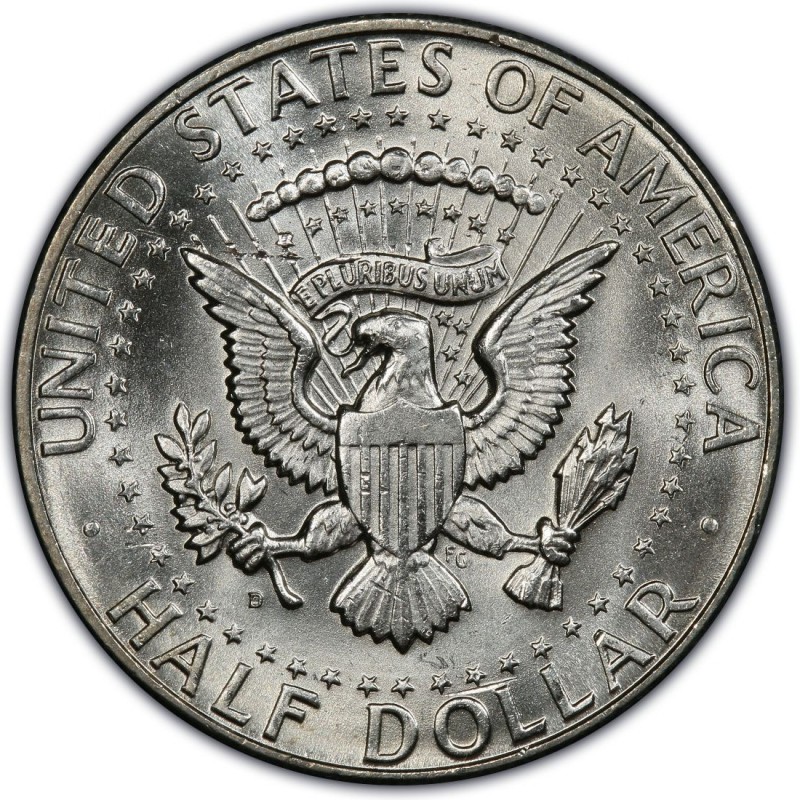The Gold Trail: A Daily Journey Through the Week's Market
Monday - 9.25.23: Gold and silver prices are experiencing a slight decrease in early U.S. trading on Monday, amidst rising U.S. Treasury yields and a strong U.S. dollar index. The decline in precious metals is also linked to the recent hawkish stance from the Federal Reserve. Market conditions are turbulent, with mixed stock performances in Asian and European markets, potential U.S. government shutdown, and varius other global risk factors.
Tuesday - 9.26.23: Gold and silver prices are witnessing a downturn in early U.S. trading on Tuesday due to technical selling, while U.S. Treasury yields are nearing multi-year highs and the U.S. dollar index remains strong, creating a bearish market for precious metals. The potential for a U.S. government shutdown is increasing tensions and uncertainty, leading to a risk-off mood among investors and traders.
Wednesday - 9.27.23: Gold and silver prices experienced a decline, with gold futures dropping 1.2% to $1,957 per ounce and silver futures decreasing 0.5% to $23.55 per ounce due to escalating U.S. yields and a robust U.S. dollar. The expectation of the Federal Reserve’s persistent aggressive interest rate hikes to curb inflation caused the rise in U.S. yields, rendering non-yielding assets like gold and silver less appealing to investors.
Thursday - 9.28.23: In early U.S. trading on Thursday, gold and silver prices have slightly firmed after enduring substantial selling pressure earlier in the week, which brought December gold futures to a 6.5-month low. Some mild short covering in the futures markets and a weaker U.S. dollar index are offering support to the metals, with December gold last up $2.40 at $1,893.30, and December silver up $0.081 at $22.805.
Friday- 9.29.23: Gold prices reached a nine-month low, while silver prices saw a minor increase amidst fluctuating U.S. trading. The gold market's near-term chart posture has notably deteriorated, drawing technical traders to the short side of the market. The strength of the U.S. dollar and rising U.S. Treasury yields are significant bearish elements for both metals, with December gold last down at $1,882.50 and December silver up at $22.77. Technical analysis suggests that gold could potentially fall to $1,850 and subsequently to $1,800, while silver exhibits solid technical support levels indicating a possible market bottom.
Persistent Gold Decline Amid Dollar Weakness
The precious metal gold has experienced a significant $63 decline this week, surprisingly unaffected by the ongoing dollar weakness, and has closed lower for four consecutive days. Despite typical market trends where gold usually benefits from a weaker dollar, it continues to trade under pressure, primarily due to the Federal Reserve's hawkish monetary policies, including higher yields and a stronger dollar. The stark announcement from the Federal Reserve to maintain elevated interest rates longer than initially anticipated implies a possible additional rate hike by year-end. Moreover, the Federal Reserve’s adjusted approach, reducing the rate cuts to half a percent in 2024, means higher borrowing costs for consumers and businesses throughout the year. This ongoing situation, coupled with potential governmental financial instability starting from October 1, due to Congress's probable failure to pass funding legislation, puts further pressure on gold, even as inflation rates rise and the dollar weakens.
Gold’s Potential Amid Economic Uncertainty
Despite recent sell-offs, bringing gold to below $1,900 for the first time since March, Saxo Bank's Ole Hansen maintains a long-term bullish perspective on the precious metal, anticipating that any imminent weaknesses do not overshadow the inherent value and potential of gold in the evolving market landscape. Hansen acknowledges the contextual influences of rising bond yields and a fortified U.S. dollar, which would logically precede a decline in gold value. However, gold prices have remained relatively robust, with spot gold prices last marked at $1,864.10 an ounce. The Federal Reserve's ongoing restrictive monetary stance and signals for sustained interest rate elevation present a nuanced backdrop for gold. Hansen interprets the prevailing market conditions, the bear steepening in the yield curve, and the federal strategies as indicative of impending economic recession and stagflation, thereby reinforcing the value proposition for gold as a safe-haven asset and a hedge against economic uncertainties. He foresees fluctuations and potential further decline in gold prices but holds a patiently bullish view, underscoring the necessity of strategic and informed investment approaches in the face of the market's responsiveness to U.S. economic data and federal monetary policies.
Balancing Act: The Probability of Higher Interest Rates and Inflation Equilibrium
Minneapolis Federal Reserve President Neel Kashkari perceives approximately a 40% likelihood of a substantial escalation in interest rates to counteract inflation. In a recent essay, Kashkari articulated concerns regarding the potential shift of the U.S. economy towards a “high-pressure equilibrium,” characterized by persistent inflation coupled with sustained consumer spending and economic activity, requiring significantly higher interest rates to stabilize. Despite the Federal Reserve's tightening measures, rate-sensitive sectors like housing and automobiles maintain robust activity, raising queries regarding the effectiveness of current policy. Kashkari’s conjectures resonate amid speculations by other economic influencers like JPMorgan Chase CEO Jamie Dimon, who contemplates the possibility of the Fed elevating its benchmark rate up to 7%. Although Kashkari has traditionally advocated for lower interest rates and more relaxed monetary policy, recent inflation dynamics have prompted a shift in his stance, acknowledging the potential necessity for more stringent policies to attain economic equilibrium.
Gold Fever: Costco's Swiftly Sold-Out Gold Bars
Retail giant Costco has entered the precious metal market, selling 1 ounce gold PAMP Suisse Lady Fortuna Veriscan bars which, according to CFO Richard Galanti, are vanishing from the shelves within hours of stocking, depicting a surging demand for gold. The availability of gold bars, whose prices have soared by over 15% in the past year and 55% over the last five years, aligns with Costco's enhancement of its survivalist goods range amidst rising concerns over the future and potential economic instability. Gold's enduring appeal as a safe haven and a hedge against inflation and economic uncertainty seems to resonate with a segment of Costco’s clientele, intersecting with those inclined toward self-sufficiency and skepticism toward traditional currency values. In a climate of elevated inflation, regulatory pressure on banks, and volatility in the commercial real estate market, the allure of tangible assets like gold and silver as secure investments continues to intensify. The unfolding scenario underscores the strategic diversification and public relations savvy of Costco, while illustrating the prevailing consumer inclination towards tangible, value-retaining assets in unpredictable economic landscapes.
Mortgage Rate Surge Dampens U.S. New Home Sales in August
August saw an unexpected dip in the sales of new U.S. homes, with a spike in mortgage rates impacting consumer demand. New single-family home sales fell 8.7% to a seasonally adjusted annual rate of 675,000 units, contrasting with economists' expectations of a rate of 700,000 units, as reported by the Commerce Department. However, sales still show a 5.8% increase from the previous year. This decline in sales, attributed to increased mortgage rates, has consequently influenced a drop in prices, with the median price for a new home decreasing to $430,000 from $436,700 in the preceding month. The elevated mortgage rates, a result of the Federal Reserve's stringent interest-rate hike campaign, are dissuading potential buyers, contributing to a cooling housing market and diminishing inventory levels. The declining trend is evident in existing home sales as well, which are 15.3% lower on an annual basis compared with August 2022, reflecting the subdued momentum in the housing market due to the burden of escalating mortgage payments.
Skyrocketing Interest Rates and Declining Mortgage Demand: Warning Signs for US Economy
The US housing sector, often regarded as an economic indicator, is signaling troubling times ahead with shrinking mortgage demand and skyrocketing interest rates, the highest in almost 23 years. This is causing a significant imbalance in supply and demand, pushing potential buyers out of the market due to unavailability of affordable options and elevated prices. Mortgage demand is at a 27-year low, with a total mortgage application volume falling by 1.3% last week compared to the previous week, and a 25.5% drop from the same week one year ago. The average contract interest rate for 30-year fixed-rate mortgages with conforming loan balances increased to 7.41% from 7.31%. Applications for mortgage purchases and refinancing have seen a decline of 2% and 1% respectively for the week, resonating 27% and 21% lower than the same week a year ago. This situation is not only portraying the turbulence in the housing market but is also a harbinger of broad, looming economic challenges, as prices continue to rise amidst a severe supply and demand imbalance, despite more buyers being unable to afford homes.
Impending Government Shutdown: A Looming Economic Storm
Goldman Sachs economists have forecasted a 90% probability of a government shutdown on Oct. 1, citing the lack of progress and time left for Congress to reach a deal to extend funding past Sep. 30. A proposed last-minute 79-page bill aimed at keeping the government open until Nov. 17 is seen as possibly the final chance to avoid closure, but even if this short-term resolution passes, a shutdown is still anticipated later in Q4. If the shutdown occurs, a quick resolution appears unlikely, with some suggesting the possibility of a record-breaking shutdown lasting the entire fourth quarter, potentially subtracting 0.2 percentage points from the GDP for each week it continues. In this scenario, the repercussions would be multifaceted, affecting federal services, employees' pay, military operations, air travel, and cargo shipments while causing irreversible economic damage and hampering the Federal Reserve's ability to make informed decisions due to a lack of new economic data releases from government agencies.
Next Week’s Key Events
MONDAY, OCT. 2
On Monday, October 2nd, two significant reports are scheduled for release:
- ISM Manufacturing Report for September: This report is essential as it reveals the economic health of the manufacturing sector. If the ISM Manufacturing report shows a stronger manufacturing sector, it could mean a stronger economy, potentially leading to a decrease in gold and silver prices as investors might prefer riskier assets. Conversely, if the manufacturing sector is weak, gold and silver may see gains as safe-haven assets.
- Construction Spending Report for August: This report indicates the level of spending in the construction sector. Higher construction spending suggests economic growth, which might deter investors from gold and silver, driving their prices down. However, lower spending can increase the appeal of precious metals as safe havens, possibly driving their prices up.
TUESDAY, OCT. 3
On Tuesday, October 3rd, we await the release of:
- JOLTS Report for August: The Job Openings and Labor Turnover Summary (JOLTS) provides insights into job openings, hires, and separations. A higher number of job openings can be a sign of a strong economy, possibly diminishing the attractiveness of gold and silver, causing their prices to fall. Conversely, fewer job openings could raise concerns about economic health, potentially boosting gold and silver prices.
WEDNESDAY, OCT. 4
On Wednesday, October 4th, there are two reports to observe:
- ADP Employment Report for September: This report gives a preliminary look at employment growth. Strong employment growth usually signifies a robust economy, possibly leading to lower gold and silver prices as investors may opt for riskier assets. On the other hand, weak employment growth could result in higher gold and silver prices due to increased demand for safer investments.
- ISM Services Report for September: This report reflects the condition of the service sector. A robust service sector usually correlates with a strong economy, potentially impacting gold and silver negatively as investors might seek riskier, higher-yielding assets. However, a weak service sector might increase the allure of gold and silver as safe havens.
THURSDAY, OCT. 5
On Thursday, October 5th, we anticipate the release of:
- Initial Jobless Claims as of September 30: This report provides the number of individuals who filed for unemployment insurance for the first time. A decrease in jobless claims generally points to a stronger labor market and could depress gold and silver prices, as it boosts investor confidence in the economy. Conversely, an increase in claims could indicate a weaker labor market, potentially driving investors toward gold and silver.
FRIDAY, OCT. 6
On Friday, October 6th, two crucial reports are due:
- Employment Situation (Jobs Report) for September: This is one of the most anticipated economic reports as it provides comprehensive information about the employment situation. A positive report with strong job growth and low unemployment can strengthen the economy and reduce the appeal of gold and silver, leading to lower prices. In contrast, a negative report can elevate demand for precious metals as safe-haven assets, causing their prices to rise.
- Consumer Credit Report for August: This report outlines the amount of outstanding consumer debt. Higher consumer credit can imply increased consumer spending and confidence, potentially negatively impacting gold and silver as investors might prefer equities. However, a lower level of consumer credit might signal decreased consumer confidence, potentially driving up the prices of gold and silver.


